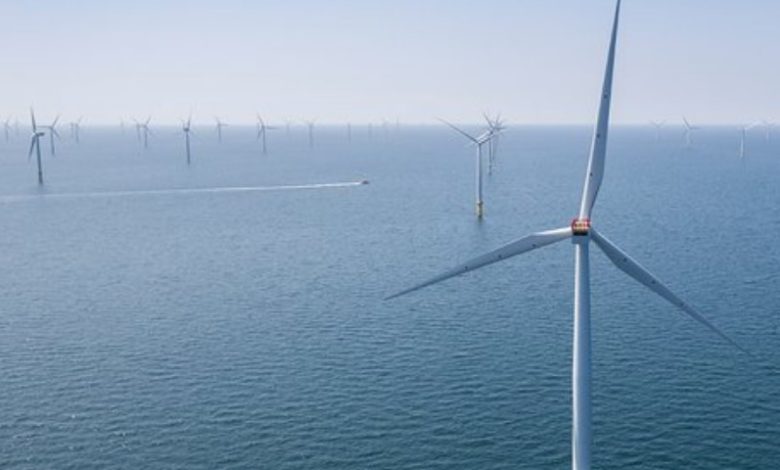State of Massachusetts denies offshore wind developers’ requests to renegotiate contracts

Two major planned wind projects offshore Massachusetts are being pushed forward by the state after the developers sought to delay because of increased costs due to inflation.
Last month, Avangrid announced that its attempts to renegotiate contracts with the electric distribution companies (EDCs) involved in its Commonwealth Wind project were unsuccessful. It said that, without concessions from the EDCs, the project had become economically unviable. The company asked the Massachusetts Department of Public Utilities (DPU) to dismiss proceedings related to the PPAs and allow the project to go through a second bidding process.
Then, on December 23, developers of the Mayflower Wind project – a partnership between Shell New Energies and Ocean Winds North America (a joint venture between EDP Renewables and ENGIE) – filed a request with the DPU for more time to negotiate with the EDCs on their project PPAs.
The DPU on December 30 denied both requests to renegotiate the contracts, in effect ordering the developers to move forward on their projects.

Falmouth Massachusetts issues with two 220,000 high voltage direct current cables buried through neighborhoods:
There are no health studies for this type of high voltage in the United States:
There was a questionnaire sent by post and distributed by campaign groups in 1980 to people living near a 400,000-volt HVDC overhead power line in Minnesota, followed up by telephone calls. The survey was called the “Minnesota Landowner Health Perceptions Survey.”
Up to 35% of the respondents said they had suffered adverse health effects that they attributed to the HDVC power line.
An epidemiologic study was not conducted on the residents as there are so few high voltage direct current lines in the USA.
Many residents think they are helping to advance Green Energy by allowing offshore wind companies to place cables through their local towns. The simple fact is the land route saves ocean contractors millions of dollars by avoiding placing expensive submarine high-voltage direct XLPE cables underwater to the large cities.